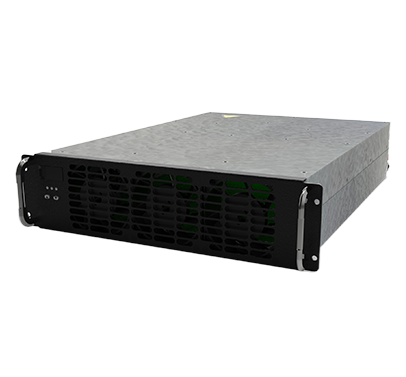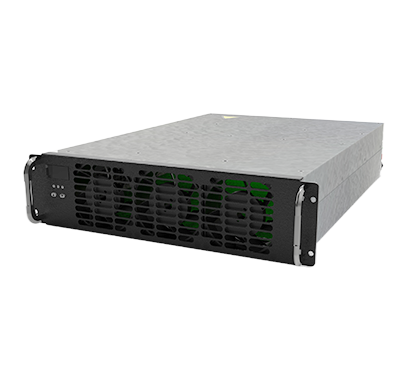
In a world where electric vehicle (EV) sales are projected to reach 30 million units annually by 2030, the demand for efficient and rapid charging solutions has never been more pressing. The advent of high power charging solutions is not merely a technological advancement; it represents a significant shift in our approach to energy consumption and environmental sustainability.
Click to find more about high power chagring soultion.
The Legal Framework Surrounding High Power Charging Solutions

High power charging solutions encompass various technologies designed to deliver electricity at significantly higher rates than conventional chargers. From a legal perspective, these systems must comply with numerous regulations that govern safety standards, electromagnetic compatibility, and environmental impact assessments. Furthermore, their integration into community mediation frameworks highlights their potential role in fostering collaborative approaches to energy distribution and usage within urban settings. This regulatory landscape ensures that while we innovate rapidly, we do so responsibly and sustainably.
Liquid Cooling Charging Modules: A Community Mediation Perspective
The liquid cooling charging module stands out as an innovative component within high power charging solutions. Its design allows for efficient heat management during rapid charge cycles, thereby enhancing performance while minimizing risks associated with overheating—a critical concern from both safety and regulatory standpoints. In terms of community mediation, this technology can facilitate discussions around shared infrastructure investments among stakeholders such as local governments, utility companies, and private enterprises aiming to enhance EV adoption without compromising public safety or comfort.
UUGreenPower’s Role in Community Mediation
UUGreenPower exemplifies how high power charging solutions can be integrated into community mediation efforts effectively. By promoting sustainable practices through its advanced technologies—such as smart grid integration—UUGreenPower encourages dialogue between diverse groups including policymakers, businesses, and residents about the future of transportation electrification. Their commitment to transparency in operations fosters trust among stakeholders while addressing concerns related to equity in access to fast-charging facilities across different socio-economic demographics.
Conclusion
In summary, high power charging solutions represent not only an evolution in technology but also an opportunity for enhanced community engagement through effective mediation strategies. As we navigate the complexities of integrating these systems into existing infrastructures legally and ethically, it becomes imperative that all parties involved work collaboratively towards common goals of sustainability and accessibility.

